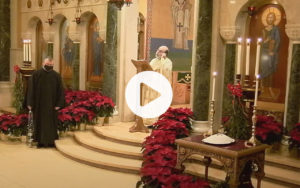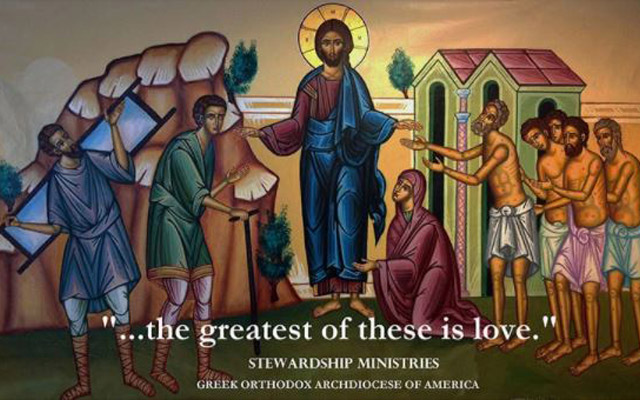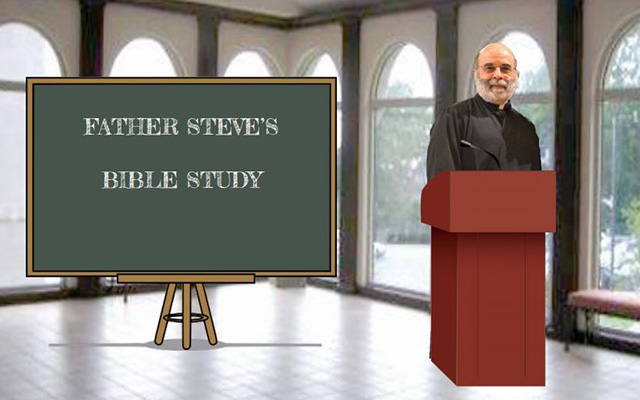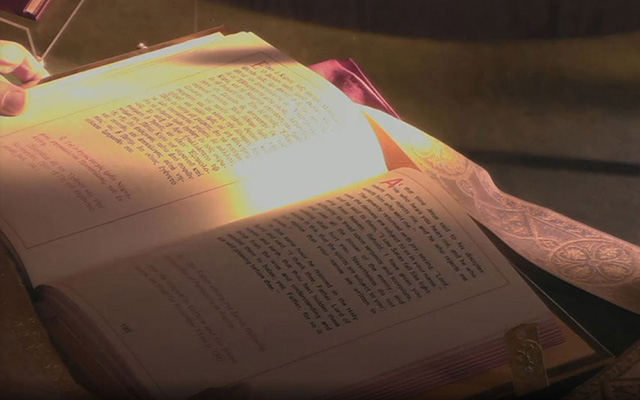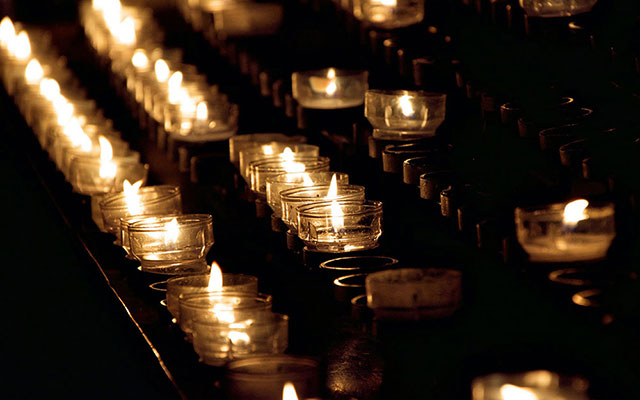The Twelfth Day of Christmas: Sermon at the Vigil for Epiphany
By Metropolitan Anthony Bloom, 5 January 2022 The day of the Theophany is the day when the whole world is being renewed and becomes a partaker of the sanctity of God. But at the same time, it is the day when Christ enters on the way to Calvary. He came to John the Baptist at the Jordan not in order to be cleansed, because He was free of sin—both as God and in His humanity


